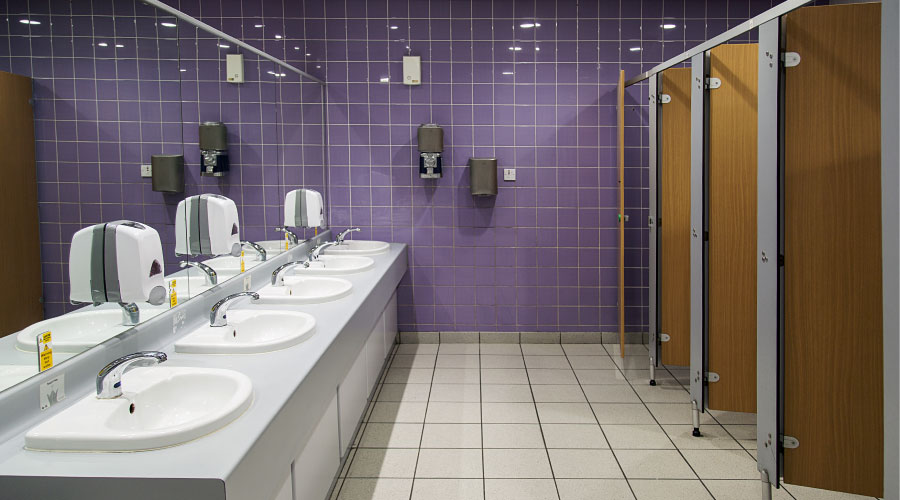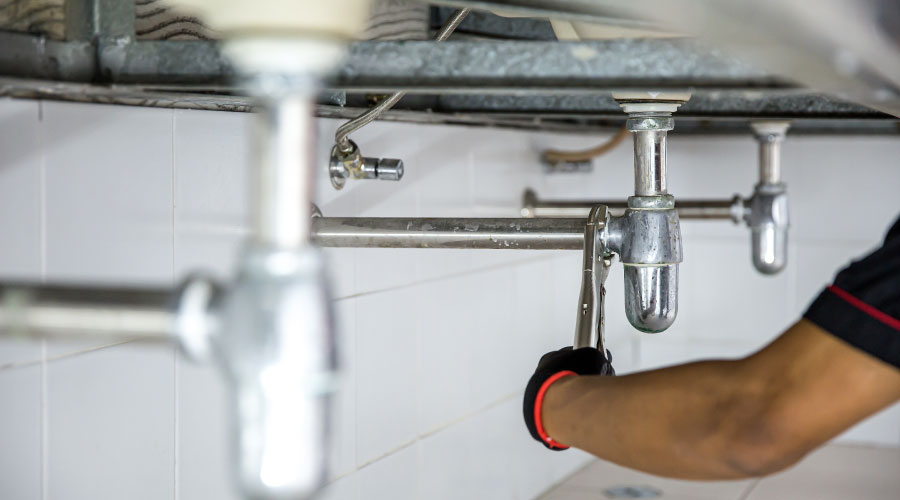Plumbing: Specification Tips for High-Efficiency Toilets, Urinals
Manufacturers of plumbing fixtures are updating existing products and developing new technologies, all in an effort to help institutional and commercial facilities conserve water.
Some organizations are interested primarily in code-minimum buildings, while others have a goal of certification under the U.S. Green Building Council's rating system, Leadership in Energy and Environmental Design (LEED). Still others are taking a more aggressive approach and want to go beyond LEED guidelines.
Toilets and Urinals
Toilets that use 1.6 gallons per flush (gpf) have reduced water and sewer flows for 20 years. Now, some fixtures use less than 1.6 gpf. Managers should consider renovation projects that replace older, less-efficient water closets using more than 1.6 gpf with newer fixtures that conserve more water.
In some cases, local utilities offer incentives to replace older, more water-intensive toilets. Municipal water and sewer districts have begun to realize it is less expensive to offer rebates for fixture replacement than to upgrade their water and sewer infrastructures to meet new demands. Also, most rebates go beyond 1.6-gpf fixtures and require the use of high-efficiency toilets (HET) that use 1.28 gpf.
A dual-flush fixture is classified as a high-efficiency toilet. It offers two different flushing options: One option uses the full flush — 1.6 or 1.28 gpf — to clear the trap, similar to a standard fixture. The second option uses less water — a maximum of 1.1 gpf — to clear the trap of liquid waste.
Managers must remember that many sensor-operated toilets, urinals, and faucets use more water than manual fixtures because of so-called phantom flushes or activations. To reduce these flushes, manufacturers have introduced products that use wave-operated fixtures or an infrared sensor with a three-second delay.
Managers also should consider battery-operated fixtures, which continue to operate even if the facility loses power. Some battery-operated fixtures recharge through solar cells and water flow, while others have longer battery lives. Later this year, one manufacturer is introducing batteries it claims will last 30 years.
Related Topics:















